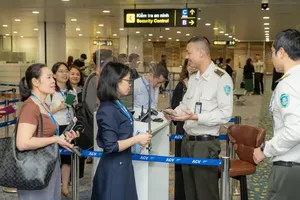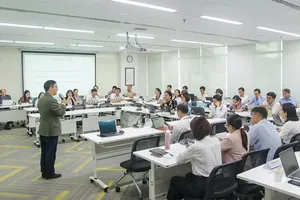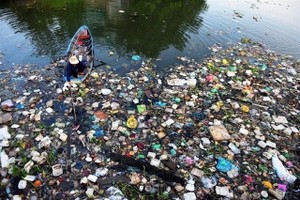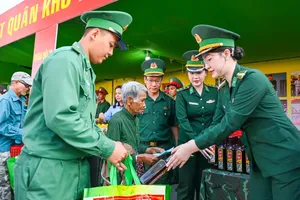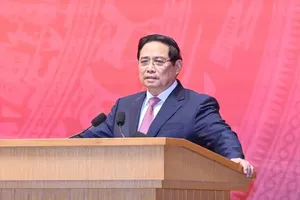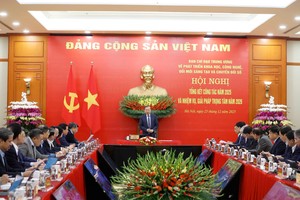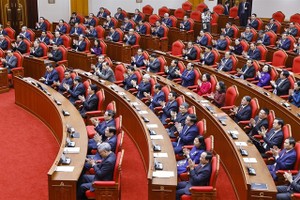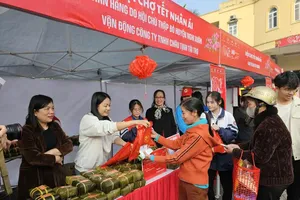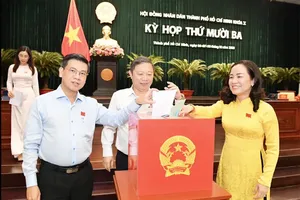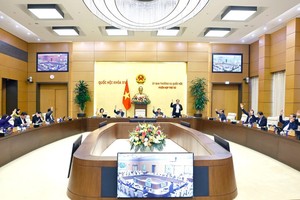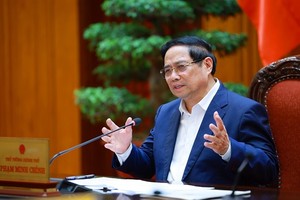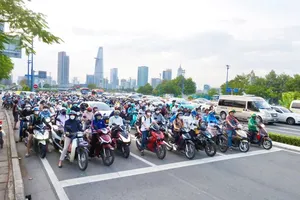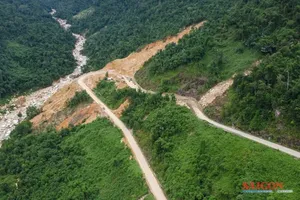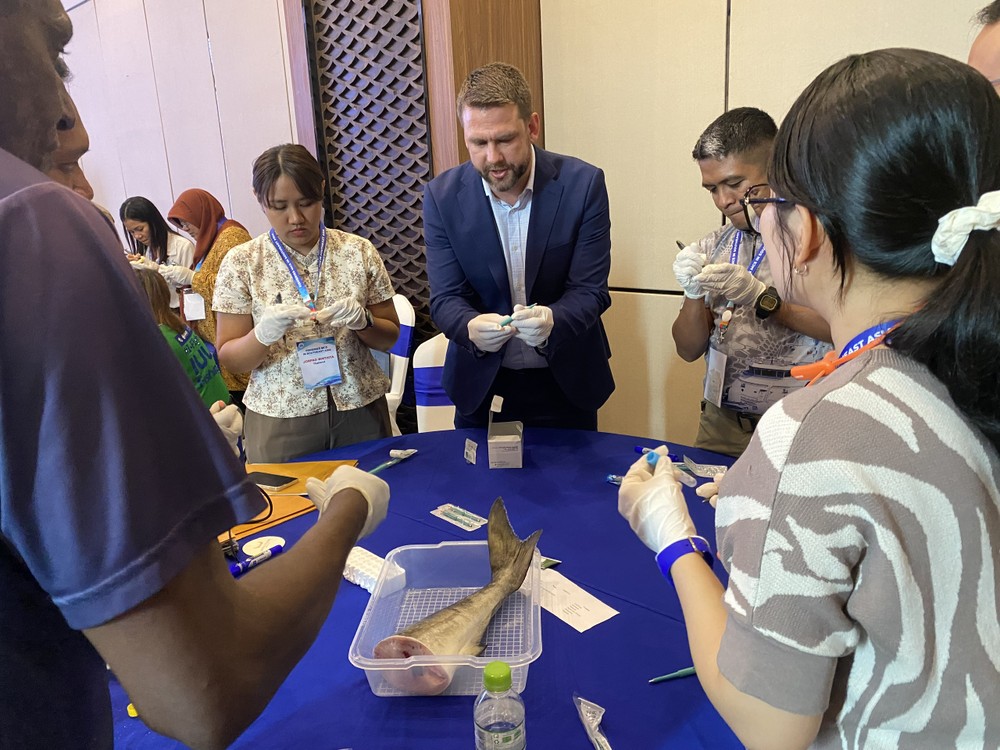
Regional training hub for combating IUU fishing
In Nha Trang, Khanh Hoa, 38 fisheries officers from Asia-Pacific countries are attending a training course on Monitoring, Control, and Surveillance (MCS) of fisheries, held from May 5 to 23. This initiative is a product of Australia–Vietnam cooperation to combat illegal, unreported, and unregulated (IUU) fishing—one of the region's most pressing fisheries challenges.
The course not only sharpens skills in vessel monitoring and data analysis but also promotes cross-border collaboration—an essential component as Vietnam works to implement the European Commission’s (EC) recommendations to have its fisheries yellow card lifted.
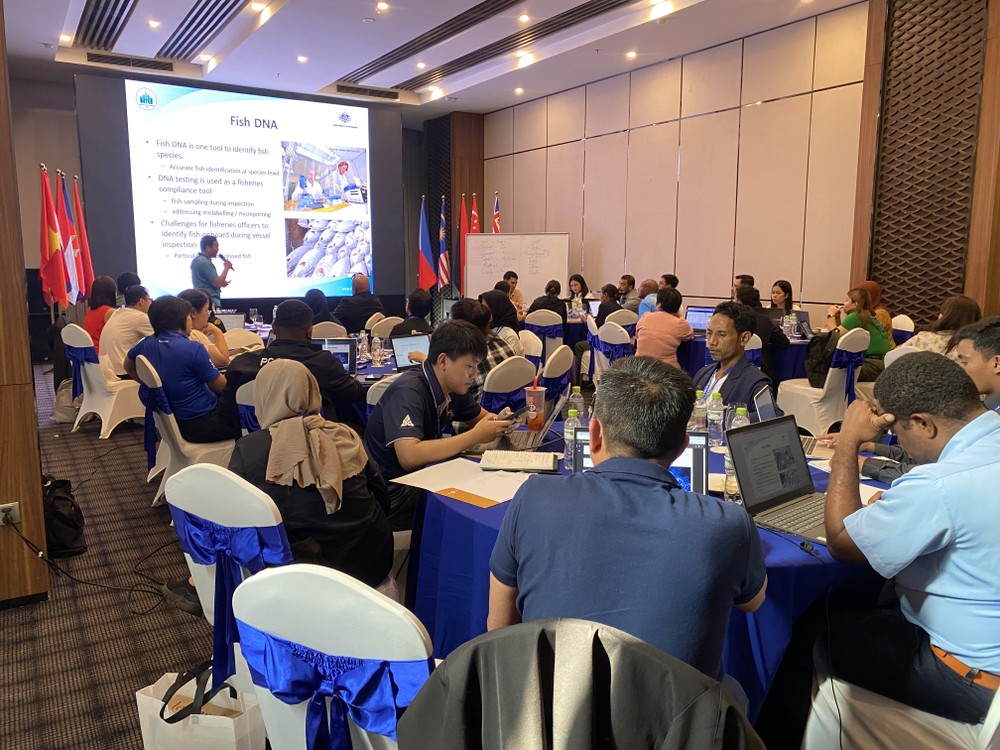
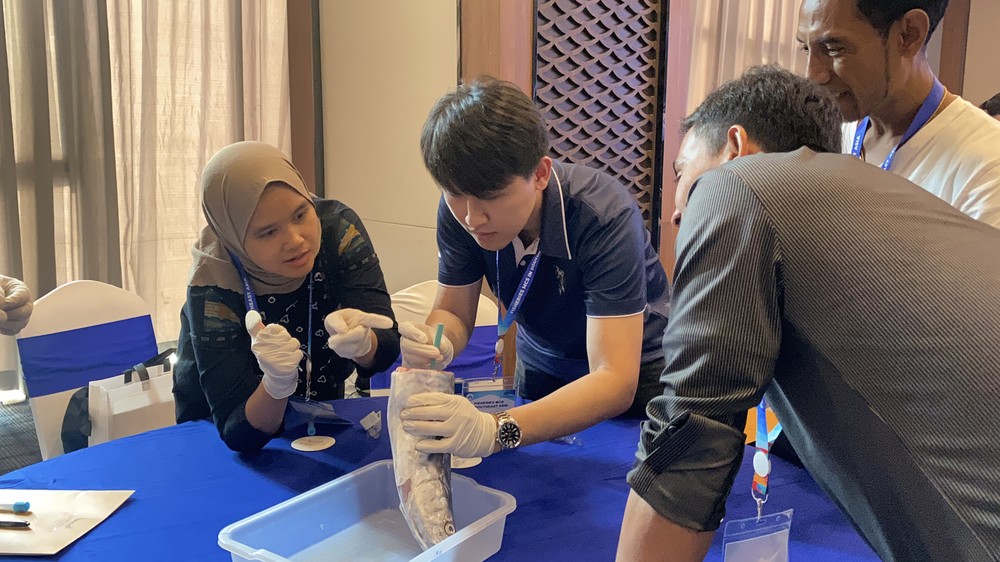
According to MSc. Tran Van Hao of the Institute of Marine Science and Fishing Technology, Nha Trang University, the Australia-funded training, initiated by the university, has been expanded regionally and extended through 2026. This not only strengthens Vietnam’s domestic capacity but also positions the country as a regional hub for IUU fisheries enforcement training.

With the EC’s fifth on-site inspection to review Vietnam’s progress on IUU reforms now postponed until the end of 2025, Vietnam is expediting efforts to complete its monitoring systems, traceability mechanisms, and enforcement protocols to meet international standards.
Mr. David Power, a representative from the Australian Fisheries Management Authority (AFMA), affirmed that the MCS program will continue supporting Vietnam’s efforts to enhance fisheries governance and work toward the eventual removal of the EC’s yellow card.
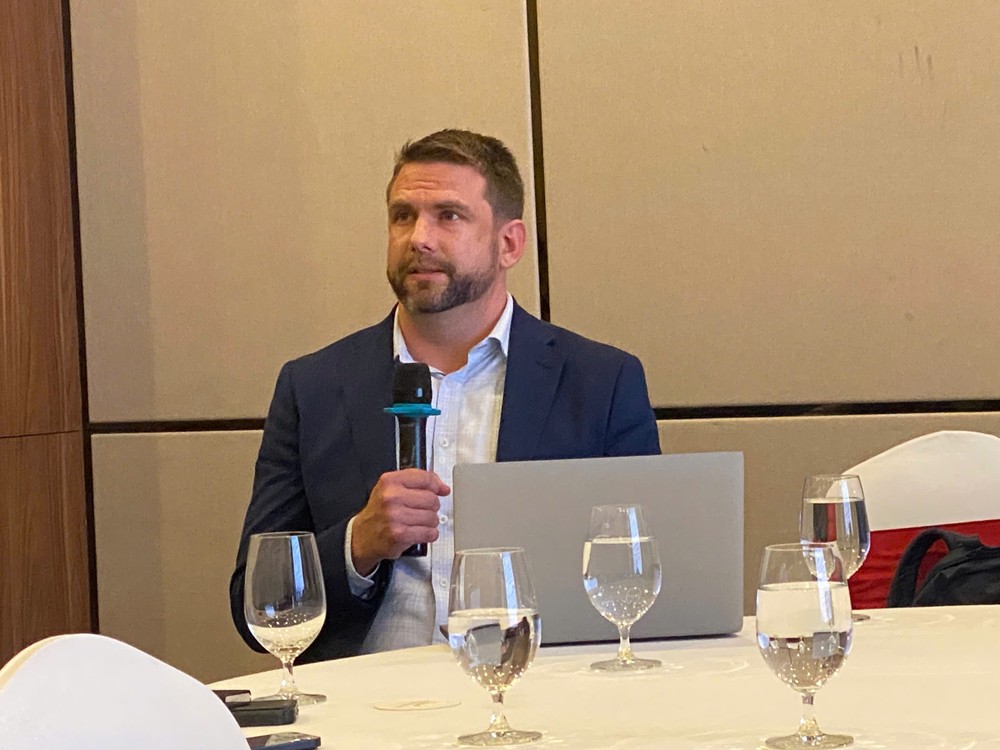
Reviving sea cucumbers, reviving livelihoods
Beyond capacity building, the Australian Government is also supporting applied scientific projects aimed at restoring marine resources—such as initiatives on oyster, grouper, and sea cucumber aquaculture.
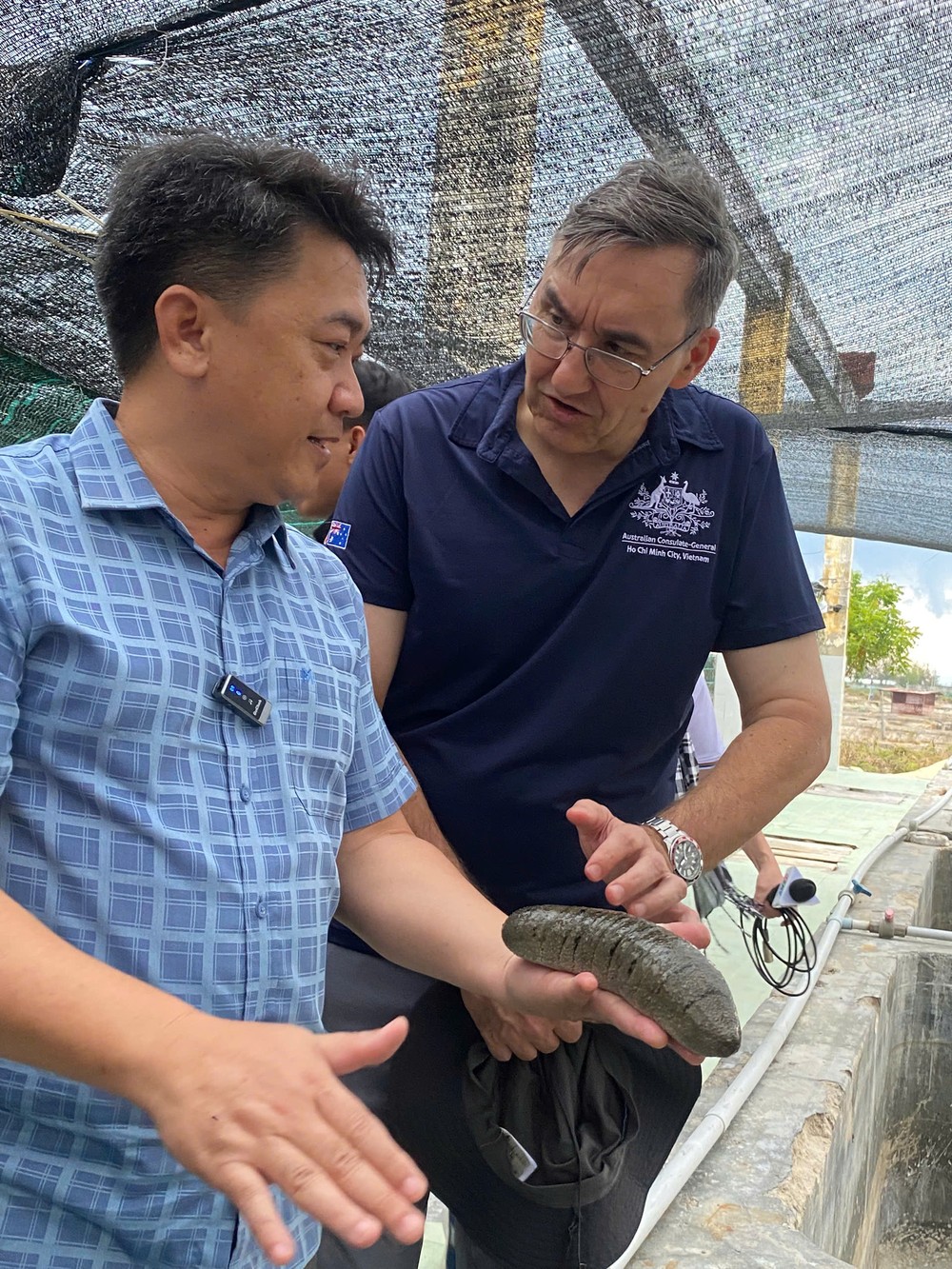
Backed by Aus4Innovation—a 33.5-million-Australian-dollar initiative supporting Vietnam’s sustainable development—a joint project between the University of the Sunshine Coast (Australia) and the Research Institute for Aquaculture No.3 (RIA3) under the National Center for Marine Breeding in Central Vietnam has pioneered the use of hormone-based reproductive technology to induce artificial spawning in sea cucumbers. This marks the world’s first successful application of such technology to the white teat sea cucumber, a high-value species now nearly extinct in the wild.
According to Dr. Nguyen Dinh Quang Duy, Deputy Director of the National Center for Marine Breeding in Central Vietnam, sea cucumbers are the ocean’s “biological filters”—they absorb organic detritus, purify pond beds, and help reduce water pollution. Integrating sea cucumbers into polyculture systems alongside species like silver pomfret or Babylon snails boosts both economic returns and environmental sustainability.
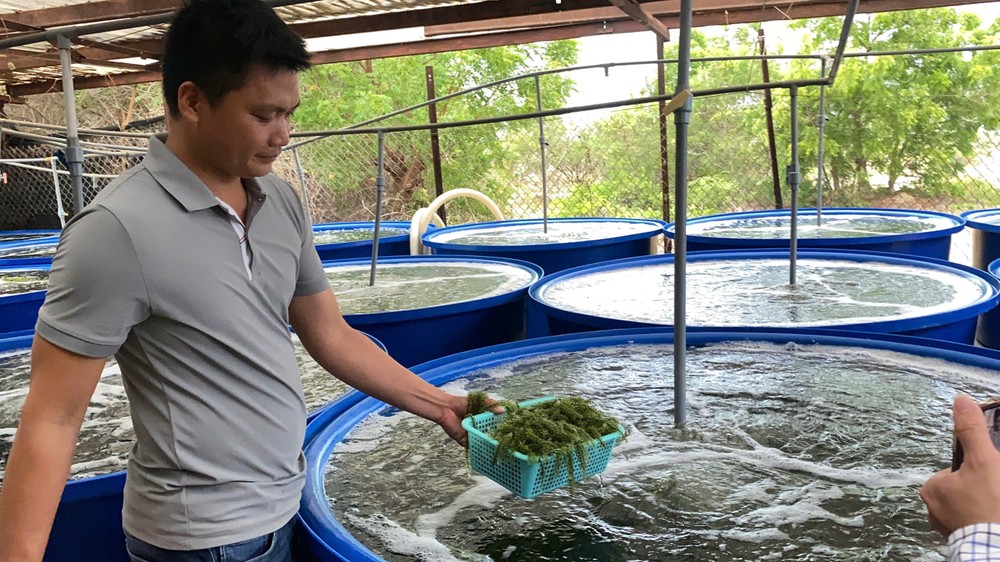
Following successful hatchery production, sea cucumber juveniles have been introduced into pilot farms operated by coastal households in Khanh Hoa and other central provinces. Farmers are also being trained to use seaweed and organic matter as feed, helping lower production costs and better align with small-scale, household-level aquaculture.
The 2.6 million-Australian-dollar “Sea Cucumber Revival” project is part of a broader Vietnam–Australia bilateral strategy to address climate change and marine resource depletion by promoting sustainable livelihoods. The initiative goes beyond financial support—serving as a model for knowledge transfer, research capacity enhancement, and local innovation for long-term, community-driven sustainability.
Notably, according to Dr. Nguyen Dinh Quang Duy, international cooperation projects between the Australian Center for International Agricultural Research (ACIAR), the Commonwealth Scientific and Industrial Research Organization (CSIRO), and RIA3 emphasize the application of research outcomes in real-world settings to build sustainable production value chains. Thanks to its suitability for farming in coastal brackish waters, sea cucumber aquaculture offers stable income with minimal seasonal risks for coastal farming households—particularly for fishers transitioning to alternative livelihoods.
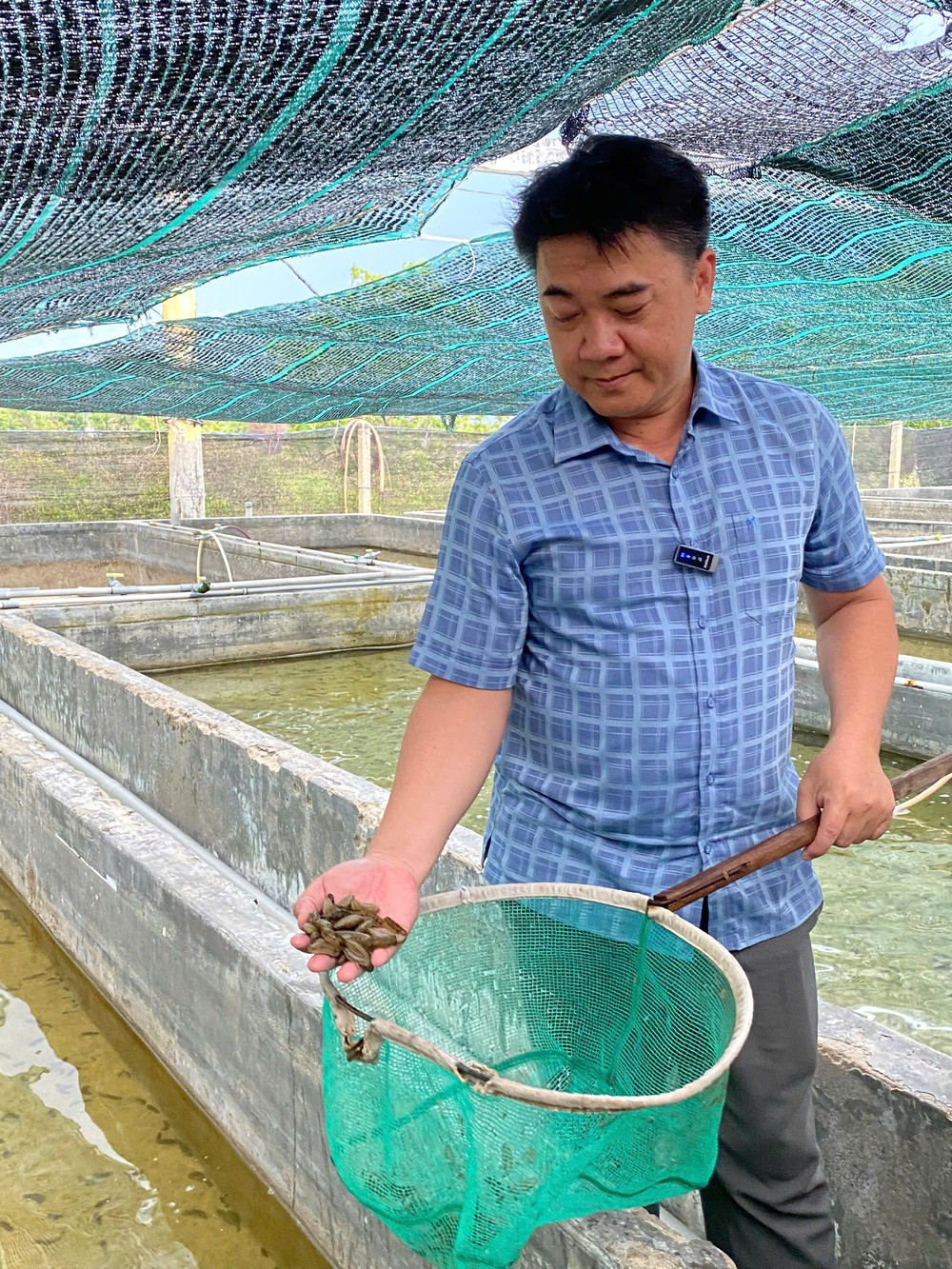
Currently, sea cucumber farming is not only generating sustainable livelihoods for Vietnamese coastal communities but is also benefitting regional partners such as the Philippines and even Australia itself.
The restoration and breeding of white teat sea cucumber yield not only ecological advantages but also a promising new pathway for fishers to shift from extractive practices to sustainable aquaculture. This initiative stands as a symbol of the Comprehensive Strategic Partnership between Vietnam and Australia, grounded in three key pillars: economic connectivity, environmental protection, and scientific innovation for sustainable development.

